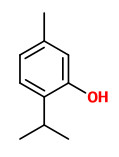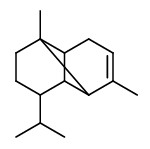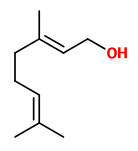Ocimum gratissimum L. syn. Ocimum suave Willd. - Lamiaceae
African basil, East Indian basil, tree basil, clove basil, ram tulsi, wild basil, shrubby basil
Erect, much branched, aromatic shrub up to 3m tall, native to tropical Africa, India, Southern Asia; introduced to South America, Mexico; cultivated elsewhere in the tropics as culinary herb.
https://npgsweb.ars-grin.gov/gringlobal/taxonomydetail.aspx?25483
http://www.plantsoftheworldonline.org/taxon/urn:lsid:ipni.org:names:452969-1
https://sites.google.com/site/efloraofindia/species/a---l/l/lamiaceae/ocimum/ocimum-gratissimum
https://www.zimbabweflora.co.zw/speciesdata/species.php?species_id=150360
„The field and morphological observation of O. gratissimum accessions allowed us to identify six types within this species, based mainly on leaf and stem indumentum and inflorescence format. Leaf shape and size differences were also observed. The essential oils analyses of all accessions allowed us to identify three chemotypes (eugenol, thymol, and geraniol), which were also possible to identify in the field by organoleptic evaluation of each accession.“
Eugenol-type oils had eugenol 44.1-62.6%, thymol 0.3-12.7%, spathulenol 9.9-25.3%, and α-copaene 0.7-2.4%
Thymol-type oils had thymol 37.2-44.3%, eugenol 2.1-3.7%, and α-copaene 4.1-14.3%.
One geraniol-type oil had geraniol 85.4%.
[Vieira, Roberto F., et al. „Genetic diversity of Ocimum gratissimum L. based on volatile oil constituents, flavonoids and RAPD markers.“ Biochemical Systematics and Ecology 29.3 (2001): 287-304]
Major components of an essential oil of O.gratissimum from Kenya (hydrodistillation, 0.49%) were eugenol (68.8%), methyl eugenol (13.21%), cis-ocimene (7.47%), trans-ocimene (0.94%), α-pinene, (1.10%), camphor (0.95%), germacrene D (4.25%), trans-caryophyllene (1.69%), α-farnesene (0.85%) and β-bisabolene (0.74%).
[Matasyoh, Lexa G., et al. „Chemical composition and antimicrobial activity of the essential oil of Ocimum gratissimum L. growing in Eastern Kenya.“ African Journal of Biotechnology 6.6 (2007)]
Major components of an essential oil of O.gratissimum from Algeria (hydrodistillation, 0.8%) were eugenol (54.8%), β-elemene (10.9%), 1,8 cineole (4.1%), α-humulene (3.8%), linalool (2.1%) and α-amorphene (2.1%).
[Brada, Moussa, et al. „Essential oil composition of Ocimum basilicum L. and Ocimum gratissimum L. from Algeria.“ Journal of Essential Oil Bearing Plants 14.6 (2011): 810-814]
Major components of essential oils obtained from the aerial parts of Ocimum gratissimum (Benin, 0.65-0.78%) harvested at two flowering stages and three daytimes were p-cymene (28.0-53.8%), thymol (3.3-29.1%), γ-terpinene (1.1-10.9%), α-thujene (3.3-10.7%), and β-myrcene (4.2-8.2%).
[Kpadonou Kpoviessi, Bénédicta GH, et al. „Chemical variation of essential oil constituents of Ocimum gratissimum L. from Benin, and impact on antimicrobial properties and toxicity against Artemia salina Leach.“ Chemistry & biodiversity 9.1 (2012): 139-150]
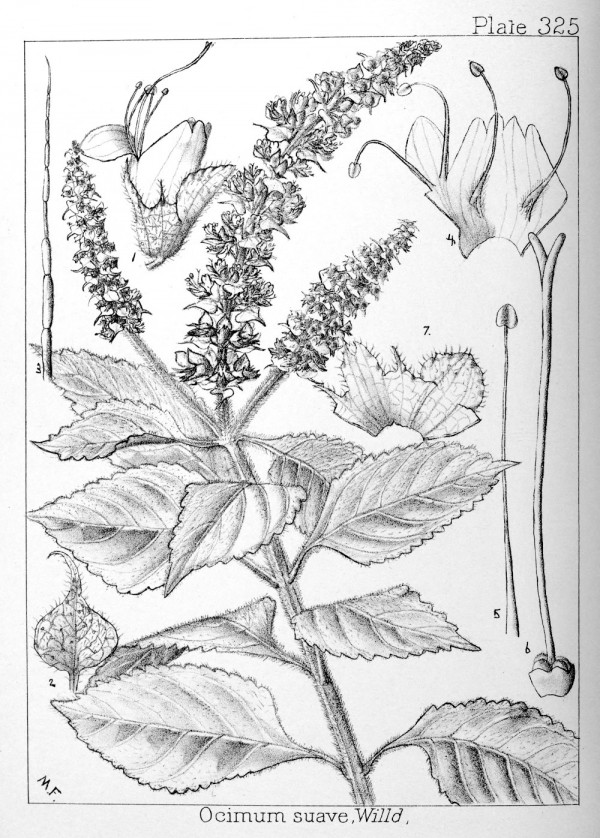
Ocimum gratissimum L. as Ocimum suave Willd.
Wood, J.M., Evans, M.S., Natal plants, vol.4 t.325 (1903-1906)
http://botanicalillustrations.org/species.php?id_species=706711
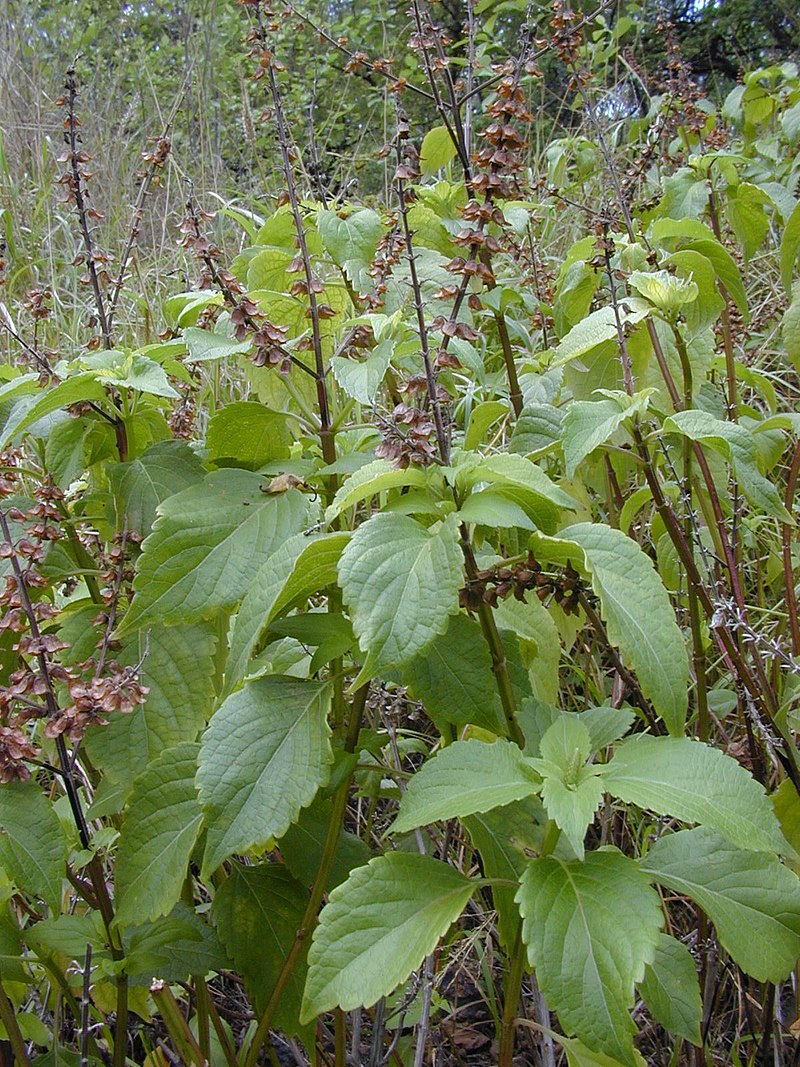
Ocimum gratissimum (leaves and fruit). Location: Maui, Wailea 670
CC BY-SA 3.0, Author: Forest and Kim Starr Wikimedia Commons


